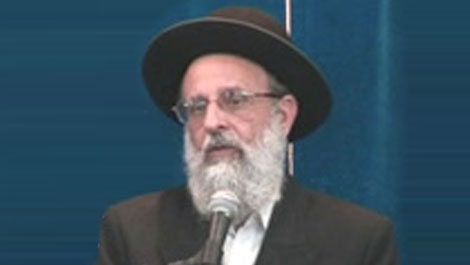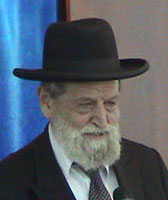Beit Midrash
- Sections
- Chemdat Yamim
- Parashat Hashavua
- Torah Portion and Tanach
- Shmot
- Va'era
Kalev’s personal claim to leadership was buttressed when he was chosen to represent the Tribe of Yehuda in scouting out the Land. He was strengthened further by joining up with Yehoshua bin Nun, the representative of Ephrayim, from the sons of Yosef, in opposition to the evil plot of the other spies. Yehoshua was actually previously chosen for leadership at the time of the battle against Amalek (see Shemot 17:8-13). Chazal tell us that Kalev married Miriam, who in her role as a midwife in Egypt, had been promised a progeny of royalty. While Miriam’s husband is called Kalev ben Chetzron (not Yefuneh), ben Peretz, it is apparent that it is the same person.
Despite this, when Moshe was close to death, Yehoshua was chosen, through a formal process (Bamidbar 27:17-18), to hold Moshe’s leadership role on his own (see also Devarim 1:38). What happened to Kalev, who was also promised a reward for his loyalty and bravery in opposing the spies ("To him and his children I will give the Land that he treaded on" – Devarim 1:36)?
Looking at Sefer Yehoshua, one can conclude that Kalev remained silent for five years. After that, Kalev and representatives of their tribe restaged the coming of a delegation of Yehuda before Yosef (compare Bereishit 44:18 and Yehoshua 14:6). Kalev reminded Yehoshua, the present leader, that Hashem had made a promise to Kalev. In addition to land, Kalev was in essence also claiming that he had been promised a part in the leadership of the nation and that Yehuda had been promised the kingdom.
As this encounter finished, Kalev went out on a mission that was a rectification of the sin of the spies, who scared the people with the claim that they were incapable of conquering the Land of Cana’an. He organized an effort to conquer Chevron from the Cana’anites and destroy the giants whose image had sown fear in the nation’s hearts. Kalev captured not only the city but the mountains around it, and he set up a mini-kingdom, partially by joining up with Otniel, to whom Kalev gave his daughter Achsa (see Yehoshua 15:13-17). (Otniel became the leader after Yehoshua’s death.)
Another leadership crisis arose when David ben Yishai, another descendant of Chetzron ben Peretz, but not from the line of Kalev, rose to leadership. This started with a seven-year rule over only the Tribe of Yehuda, before expanding to the whole nation. The descendants of Kalev did not view this as legitimate, as we will continue to discuss next week.
In the meantime, we will continue to stress – it is permitted to vie for leadership and control in a democratic manner, but brothers should never fight each other in improper ways.

Monotheism in Egypt?! Yes!
Various Rabbis | Tevet 5768

Why Do Children Start With Vayikra?
Rabbi Shaul Yisraeli zt"l | 5771

You Always Need to Pray
Rabbi Yossef Carmel





















